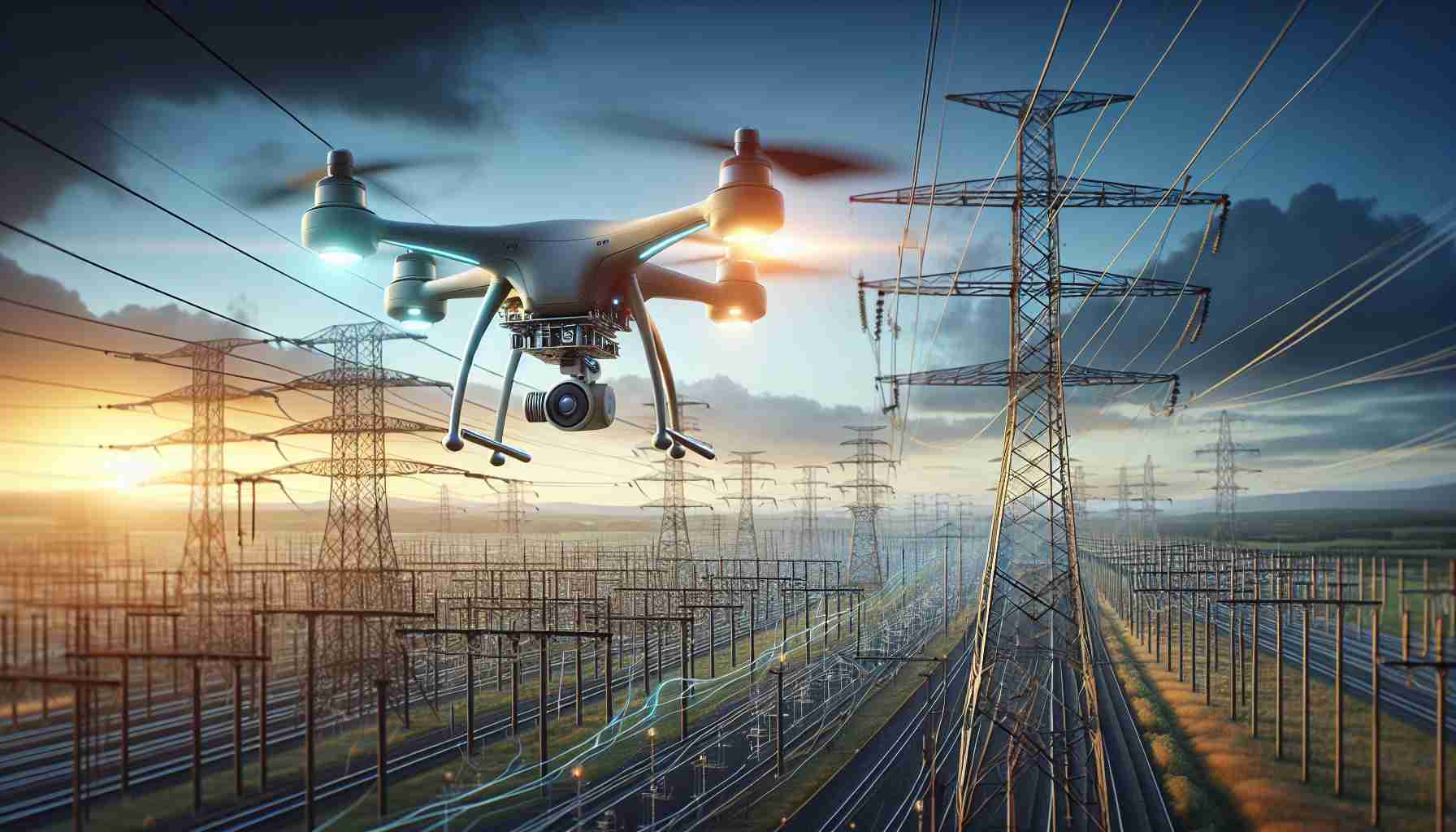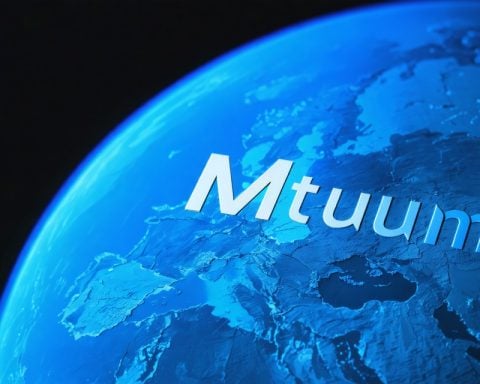- The LineDrone technology represents a significant advancement in power line inspections.
- It can navigate live high-voltage lines, handling up to 315,000 volts without disruption.
- Equipped with AI and sensors, it performs diagnostics like resistance and corrosion checks.
- This innovation enhances safety by minimizing the risks of manual inspections and expensive helicopter usage.
- Over 600,000 miles of transmission lines will be monitored using this technology nationwide.
- The initiative aims to create new high-tech jobs and promote drone service provider careers.
- The LineDrone signifies a shift towards more efficient and safer energy infrastructure management.
Prepare to witness a groundbreaking shift in energy infrastructure management! Hydro-Québec is not just leading the charge in hydroelectric power; it’s now paving the way for the future of drone technology with its cutting-edge initiatives in power line inspections.
Enter the LineDrone, an extraordinary creation by Aquiline Drones, capable of soaring above live high-voltage lines, traversing with unmatched precision. This drone is a marvel of engineering, equipped to land on 315,000 volts of electrical current without causing a flicker of disruption. Utilizing advanced AI and state-of-the-art sensors, the LineDrone conducts critical diagnostics, from resistance measurements to corrosion checks, all while the lines remain energized.
This revolutionary technology is not just about efficiency, but safety. The LineDrone drastically reduces the need for hazardous manual inspections and costly helicopter operations. Imagine a world where utility companies can maintain their infrastructure without juggling power outages—this technology makes that vision a reality!
In a strategic collaboration, Aquiline Drones is set to deploy this game-changing service across the nation, ensuring that over 600,000 miles of transmission lines are monitored with ease and precision. This venture aims to generate high-tech job opportunities and cultivate a new generation of professional drone service providers.
As the demand for efficient grid management continues to soar, the LineDrone promises to redefine how we monitor and maintain energy systems. Join the drone revolution and be part of a safer, smarter future in energy management!
Transforming Energy Management: The Drone Revolution Is Here!
The Future of Drone Technology in Energy Infrastructure
Hydro-Québec is not just enhancing hydroelectric power; it is also at the forefront of implementing advanced drone technology in energy infrastructure management. The advent of the LineDrone, a groundbreaking drone developed by Aquiline Drones, marks a pivotal shift in how utilities conduct power line inspections.
Key Innovations
The LineDrone is equipped with a multitude of features that differentiate it from traditional inspection methods. Here are some innovative aspects:
– High Voltage Tolerance: The drone can operate on live high-voltage lines, specifically designed to handle up to 315,000 volts without any risk of power interruption.
– Advanced Diagnostics: Utilizing artificial intelligence alongside sophisticated sensors, the LineDrone performs essential assessments, such as resistance measurements and corrosion evaluations, while existing systems remain energized.
– Safety Enhancements: This technology significantly reduces the risks associated with manual inspections and the reliance on helicopters, promoting safer operations for utility companies.
Market Insights and Trends
As the demand for efficient management of energy grids increases, drone technology is becoming essential. Industry forecasts suggest a substantial growth trajectory for drone applications in infrastructure monitoring, with estimates pointing to a market growth rate of 20% annually through 2026. This projected expansion is fueled by technological advancements, increasing investment in renewable energy, and a heightened focus on safety and efficiency.
Pros and Cons
– Pros:
– Efficiency: Rapid inspections without service interruptions.
– Cost-Effective: Reduction in manpower and operational costs.
– Safety: Minimized risks to workers and the public.
– Cons:
– Initial Investment: High upfront costs for drone integration.
– Regulatory Hurdles: Navigating through compliance and regulatory frameworks.
– Technical Limitations: Potential challenges with weather conditions and electronics reliability.
Answering Key Questions
1. How does the LineDrone improve safety during inspections?
The LineDrone minimizes human exposure to dangerous high-voltage environments by utilizing automated systems for inspections, reducing the need for workers to physically access precarious locations.
2. What impact will this drone technology have on job creation?
The deployment of LineDrones is expected to create new job opportunities in drone operation, maintenance, and data analysis, spurring a demand for specialized training programs across the nation.
3. Are there environmental benefits associated with using LineDrones?
Yes, using drones for inspections can help reduce carbon emissions associated with helicopter operations and other traditional methods, thereby contributing to sustainability goals in energy management.
Conclusion
The integration of the LineDrone into energy infrastructure management is set to revolutionize inspections, making them safer, more efficient, and environmentally friendly. By leveraging this cutting-edge technology, utilities can ensure that they meet the demands of a rapidly changing energy landscape.
For further insights, visit Aquiline Drones and discover how they are shaping the future of drone technology in various industries.









